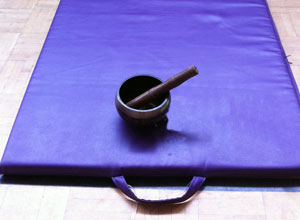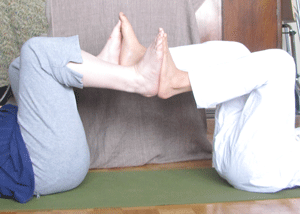 |
| Science Fair |
"Goodness must come out of reciprocal helpfulness, from the unity derived from spiritual cohesion."
- Maria Montessori
In my very first post of my blog I shared my goals for the new school year. One goal was not included. It was to increase parent involvement in our Montessori classroom and community. This will allow all teachers, children and parents to create a sense of well being and to merge the relationships together. We have events throughout the year such as Harvest Day, Festival of Lights, National Montessori Week and Earth Day that all the families have an opportunity to participate in. This year I am hoping to have parents share themselves with the primary classroom. I recently emailed our families a "Happy New Year" email. This is a portion of What's New...
Parent Visit…At least once a month I would like to have a parent share their professions, skills, hobbies, talents, customs, or native languages. Attached is our culture theme for the year. Think about it and I hope to have this commitment at Parent Orientation. There will be a sign up sheet at Parent Orientation.
 |
| Science Fair |
Shortly after sending out the email, I am excited to already have two parents commit on Maria Montessori's birthday (Aug. 31) and our South America study. I sent my parents a cultural theme plan for the year to help spark some interest and ideas.
Another idea is to have parents come and read in your classroom. They may read stories or they can listen to your children read their "readers".
What are your ideas at your Montessori school? How are your parents involved?






